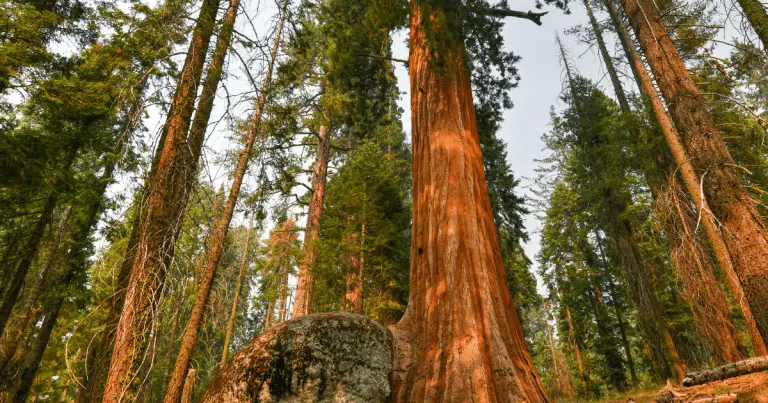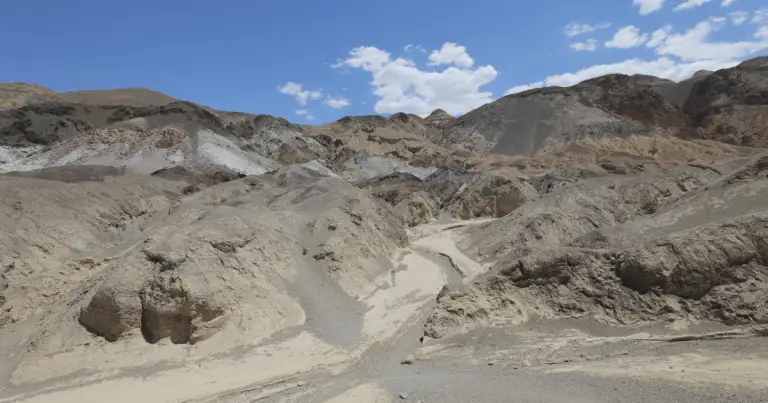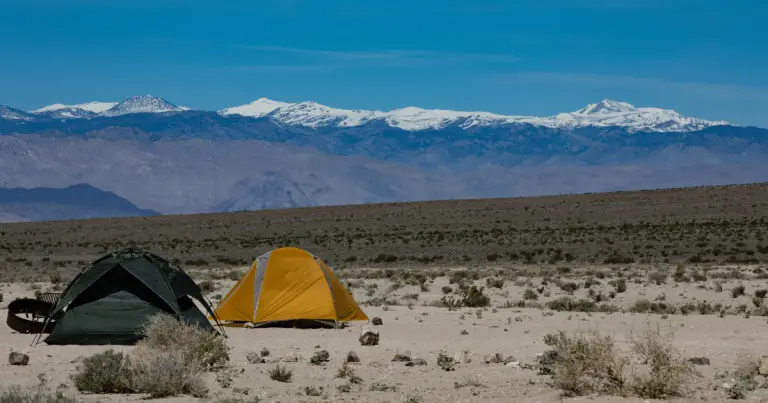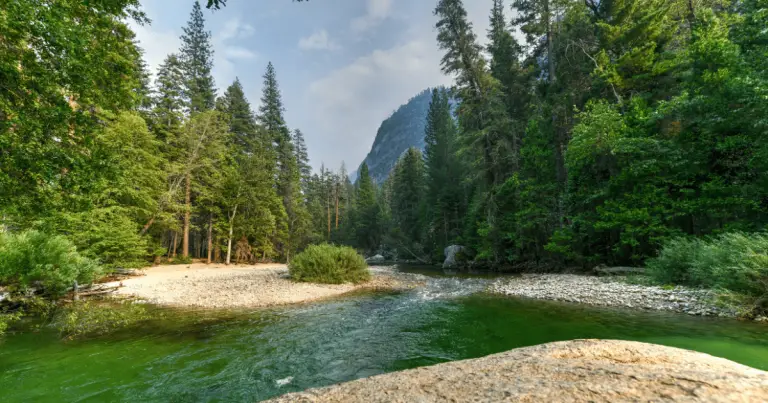Exploring Gardner River: A Natural Paradise
Montana is home to some of the most beautiful rivers in the country, one of which is the Gardner River, which is also known as the Gardiner River. This river, located in Yellowstone National Park, flows 25 miles from its source at Mammoth Hot Springs down to the confluence with the Yellowstone River. Its pristine waters are a haven for anglers, who are drawn to its abundant trout population. The Gardner River encapsulates the wild, untamed spirit of the region’s natural beauty, making it an unforgettable destination for all who visit.
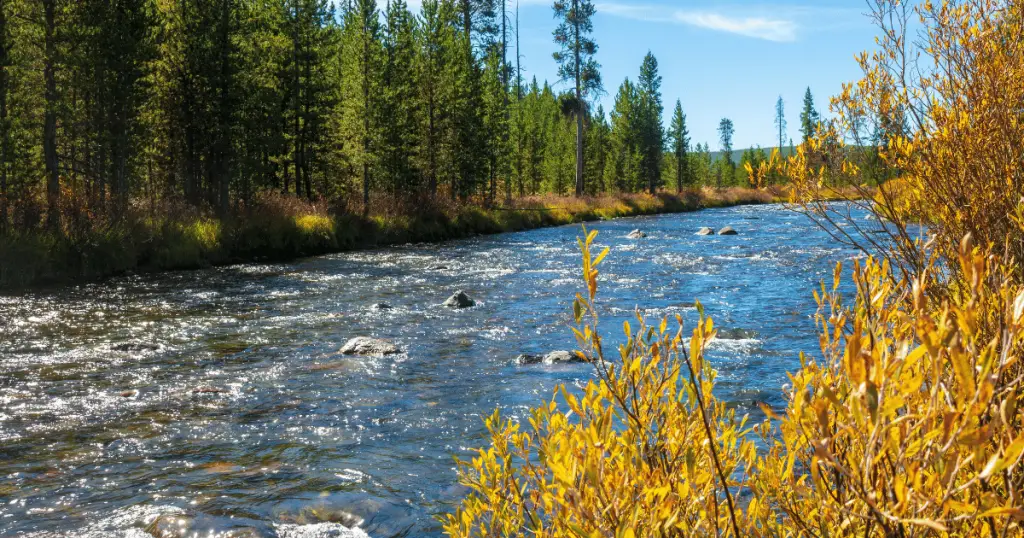
A Glimpse Into The Past: The History of Gardner River
The history of Gardner River is as rich and vibrant as its thriving ecosystem. The river and its surroundings hold significant importance in the history of Native American tribes of the region, primarily the Shoshone, Bannock, and Blackfeet. These indigenous communities held the region in high spiritual regard, using the river for sustenance and the surrounding lands for hunting and gathering.
The early 19th century marked the beginning of European exploration of the Yellowstone region. Notably, the river was named after Johnson Gardner, a fur trapper who arrived in the region in 1830. Gardner River played a pivotal role during the westward expansion, serving as a valuable resource for trappers, explorers, and later, pioneers making their way into the new frontier.
The establishment of Yellowstone National Park in 1872 heralded a new chapter in the history of the river. Gardner River became a focal point of conservation efforts, reflecting the nation’s growing appreciation of its natural wonders. Today, the river stands as a testament to the rich history and cultural heritage of the region, silently narrating the tales of the past to the rhythm of its flowing waters.
Getting to Gardner River: Points of Departure
Reaching the beautiful Gardner River from various locations is manageable with the right knowledge. Here are three common points of departure:
- From Bozeman, Montana: Bozeman is approximately a 1.5-hour drive from the Gardner River. Take the I-90E from N 7th Ave and E Main St. Continue on I-90E. Take US-89 S to Grand Loop Rd in Yellowstone National Park for a scenic journey.
- From Jackson, Wyoming: Jackson is about a 2-hour drive from Gardner River. Start on US-26 E from N Cache St. Follow US-26 E and US-191 N to Grand Loop Rd in Yellowstone National Park.
- From Cody, Wyoming: Cody is roughly a 2.5-hour drive to the Gardner River. Get on US-14 ALT E from Sheridan Ave and 8th St. Follow US-14 ALT E and US-20 W to Grand Loop Rd in Yellowstone National Park.
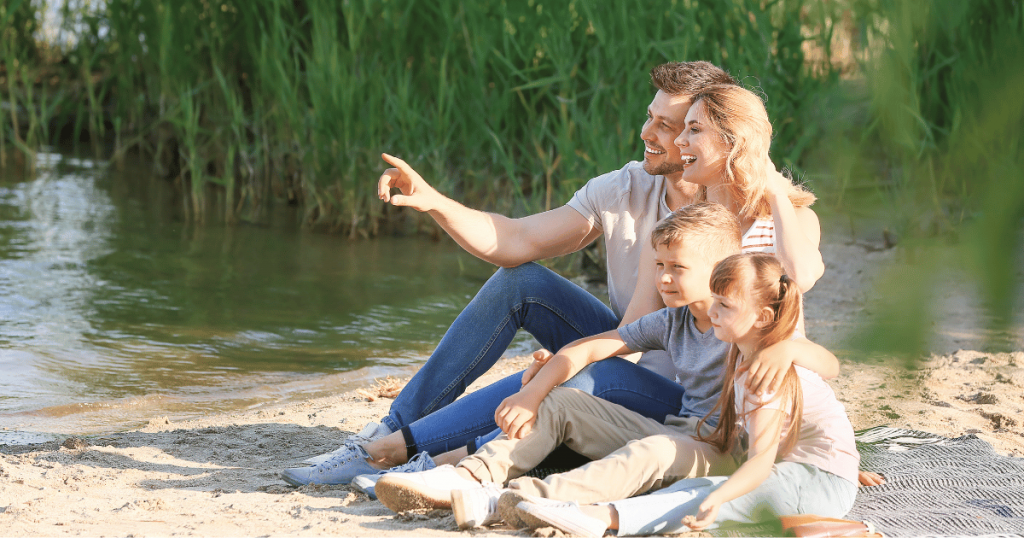
Gardner River as a Picnic Hotspot: A Feast in the Wild
One of the lesser-known charms of Gardner River is its potential as a picnic hotspot. The river’s shoreline offers a variety of picturesque locations perfect for a relaxing outdoor feast amidst nature. Whether you’re a family looking for a fun day out, a couple seeking a romantic getaway, or a group of friends planning an adventurous outing, the Gardner River’s scenic beauty provides an ideal backdrop for picnics.
Opt for a spot near the ever-bubbling Boiling River Hot Springs where you can enjoy your meal with the soothing soundtrack of cascading waters. Or, select a serene location by the Sheep Eater Cliffs, offering panoramic views of the river and surrounding landscape.
Remember, picnicking in Yellowstone National Park, like the Gardner River area, requires adherence to certain rules for waste disposal and wildlife interaction.
Fishing Hotspots in Gardner River: Reeling in the Big Catch
Gardner River is definitely a favorite among fishing enthusiasts, offering an unparalleled angling experience in the heart of Yellowstone’s wilderness. The river teems with a variety of fish species, the most notable being cutthroat trout, rainbow trout, and brown trout. The thrill of casting a line into the river’s clear waters, surrounded by the serenity of nature, is an experience like no other.
When it comes to prime fishing spots, the section of Gardner River near the Boiling River Hot Springs is a hidden gem. The warm waters of the hot springs flow into the river here, creating a unique environment that attracts a plethora of fish. Another favorable spot is the confluence of the Gardner River and the Yellowstone River, where the mixing of waters provides an excellent habitat for fish.
Fishing in Yellowstone National Park, including the Gardner River, is subject to specific regulations to protect the area’s natural resources and ensure a sustainable future for its fish populations. Anglers are required to have a Yellowstone National Park fishing permit, and the fishing season typically runs from the Saturday of Memorial Day weekend through the first Sunday in November.
Catch-and-release is heavily encouraged, especially for native species. The use of live or dead minnows and other bait fish, worms, salamanders, fish eggs, and fish parts is prohibited. In addition, all anglers are limited to using artificial lures or flies only.

Other Exciting Activities at Gardner River
Gardner River is not only a haven for anglers and picnickers. It offers a range of other activities that capture the heart of the adventurous traveler. Here are five other things you can enjoy:
- Hiking: Yellowstone National Park boasts an extensive network of trails, and the Gardner River area is no exception. Try the Lava Creek Trail which leads you through beautiful wilderness along the Gardner River, offering excellent wildlife viewing opportunities.
- Wildlife Watching: The park is home to a wide variety of wildlife, from herds of bison to solitary grizzlies. At dawn and dusk, you may spot elks grazing by the river. Be sure to follow park guidelines to enjoy wildlife watching safely.
- Photography: The photogenic landscapes of the Gardner River area present an irresistible draw for both amateur and professional photographers. Capture the breathtaking beauty of the river against the backdrop of the magnificent Yellowstone wilderness.
- Birdwatching: The diverse habitats around the river are a haven for a plethora of bird species. Arm yourself with a pair of binoculars and a guide to local species, and enjoy the thrill of spotting anything from bald eagles to sandhill cranes.
- Hot Springs Bathing: One of the unique experiences Gardner River offers is the chance to bathe in the Boiling River Hot Springs. It’s one of the very few places in Yellowstone National Park where visitors can soak in naturally heated waters. Remember, the site may close during high water from spring runoff and is typically open from dawn to dusk.
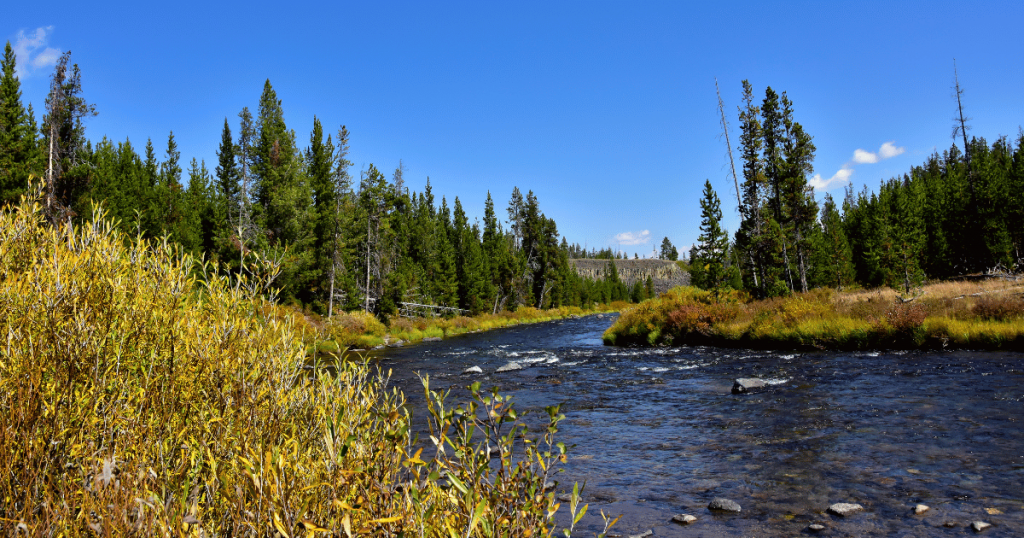
FAQs about Gardner River
Is there an admission fee to visit Gardner River?
The admission to Gardner River falls under the entrance fee for Yellowstone National Park as follows:
Private, non-commercial vehicle: $35.00.
Motorcycle or snowmobile: $30.00 per vehicle.
Individuals entering by foot, bike, or ski: $20.00 per person.
In addition, an annual pass, dubbed the “Yellowstone National Park Annual Pass”, is available for $70. It offers unlimited access to the park for one year from the date of purchase. Please note that these fees are subject to change.
Is swimming allowed in Gardner River?
Swimming is allowed in certain sections of Gardner River. The most popular spot is where the Boiling River meets the Gardner River, creating a natural hot spring. However, always remember to follow park safety rules and regulations.
What is the best time of year to visit Gardner River?
The best time to visit Gardner River largely depends on the activities you are interested in. For fishing and picnicking, summer, specifically from June to September, is considered the best time due to pleasant weather. However, for wildlife viewing and photography, the spring and fall months can provide excellent opportunities due to animal migrations and the beauty of the changing seasons.
Is Kayaking Allowed or Available in Gardner River?
While Yellowstone National Park offers a wide range of recreational activities, kayaking in the Gardner River is not commonly practiced. This is largely due to the river’s variable flow rates, potential for rapid currents, and presence of hot springs.
Final Thoughts
Gardner River offers an array of unforgettable experiences. From casting a line in pristine waters teeming with fish to capturing the spectacular wilderness through the lens of a camera, every moment is a testament to the grandeur of nature. Whether you’re an avid angler, a hiking enthusiast, or simply a lover of the great outdoors, Gardner River in Yellowstone National Park promises a treasure trove of adventures that beckons to be explored.

